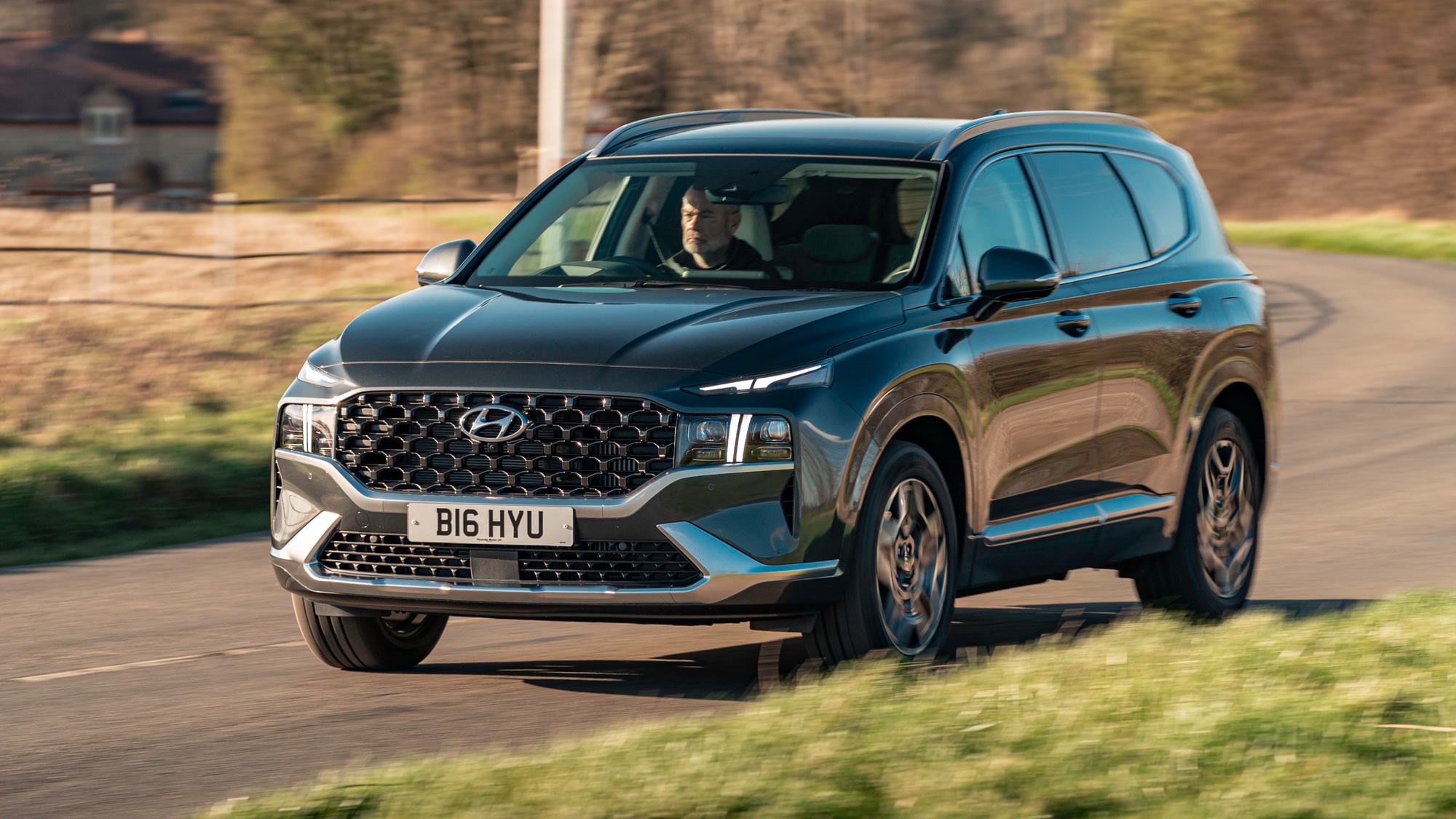Introduction
It’s no secret that the electric car market is booming. In recent years, auto manufacturers have been racing to get their models onto dealer lots and into consumers’ hands. The latest wave of electric vehicle (EV) launches has taken place in 2020, as many countries are working to meet new emissions standards that require all cars sold by 2040 to be zero-emission vehicles (ZEVs). To help you sort through all of the information about these upcoming EVs, we’ve created a list of where they’ll be available first—and who will be shipping them first!
Daimler Electric Car Fleet
Daimler is the first company to launch an electric vehicle fleet, with a total of 100 electric vehicles in its fleet. The company plans to expand its vehicle fleet to over 200 by 2020.
Daimler’s first-ever all-electric car was the Smart ForTwo Electric Drive, which was released in 2011 and discontinued after only three years due to poor sales performance (although there have been rumors that it will return). Since then, Daimler has focused on developing other models like the GLC F-Cell–a hydrogen fuel cell variant of their popular compact SUV–and more recently announced plans for an all-electric self-driving taxi service called “MyTaxi.”
Flying & Driving with BMW’s iNext Electric Vehicle
If you’re looking for an electric vehicle that can handle flying and driving, the iNext is your best bet. BMW has been developing the car since 2017, and it will be built on the same platform as the upcoming Tesla Model Y. The iNext will have a range of 450 miles and be able to travel from 0-60 mph in under four seconds–a great choice if you want to hit maximum speed before taking off into the sky!
The iNext is scheduled for release in 2021; we’ll keep you updated about when you can expect it at airports near you!
Ford’s Focus Electric is a Domestically Manufactured EV
In a move that’s sure to be welcomed by American drivers and environmentalists alike, Ford has announced that they will begin producing their all-electric Focus model in the U.S.
The 2017 Focus Electric will have an EPA-rated range of 110 miles per charge and can be charged from empty to full in about two hours using a 240V charger or six hours with a 110V outlet. It’s also available for sale in California, New York, Massachusetts and New Jersey where state subsidies are available for those who buy electric cars (see below).
Toyota’s RAV4 EV is Coming to the U.S.
Toyota’s RAV4 EV is Coming to the U.S.
Toyota has been a pioneer in the electric car space, but it has largely focused on Japan and Europe with its electric cars. The RAV4 EV will be available only in California and Oregon.
Nissan LEAF is Back in Stock at Some Locations
At the end of 2019, Nissan announced that it would be bringing the all-electric LEAF back to the U.S. market this year. The company has been working on a new version of the car for several years now and we are excited to see what they’ve come up with!
The new model will feature an updated design, improved range (up to 225 miles), better onboard tech and more comfort features than ever before. It’s also expected to cost less than previous models did–which means you’ll have more money in your pocket after purchasing one!
Hyundai Kona Electric is Up For Pre-Order Online After Being Delayed From 2018 Launch
Hyundai Kona Electric is a plug-in hybrid with a range of 249 miles. It’s available in three colors: Black, Blue, and Red.
The starting price is $36,800 but if you want the option to add remote start and heated seats, it’ll cost an additional $1,000 each.
Chevrolet Bolt EV Extended Range with Longer Battery Now Available at More Dealerships in the U.S.
The Chevrolet Bolt EV is the first long-range electric car available in the U.S., with a range of 238 miles and a 0-60 time of 6.5 seconds. But that’s not all! It also has a battery pack that can be swapped out in under two minutes, making it ideal for people who want to rent an EV while they’re traveling and don’t want to worry about charging stations or finding an outlet at every stop along their route.
These countries and regions are paving the way for electric car adoption in 2020 and beyond.
- The countries and regions that are leading the way with electric car adoption
Electric vehicles are becoming more popular, but they’re not quite mainstream yet. As of last year, there were only 2 million electric cars worldwide–and most of them were located in China and Europe. The U.S. has been slow to adopt EVs due to a lack of infrastructure (charging stations) as well as high costs associated with battery life and maintenance. However, this could change soon thanks to countries like Norway and China who have made significant investments into developing their EV markets over the past few years.*
- Benefits of owning an electric vehicle include: reduced carbon emissions; lower fuel costs; no need for oil changes or tune ups; less noise pollution because they don’t run on combustion engines.* Challenges include: limited range before needing another charge which can take hours at some locations (especially if you live far away from urban areas); cost upfront versus savings down the road after factoring in gas savings over time vs traditional cars
Conclusion
We are on the cusp of a new era in transportation. It’s time to get excited about electric cars again, because there are more options than ever before!



More Stories
Improving The Performance of Electric Vehicles
Cost Of Charging An Electric Car? $2 A Month!
Why Electric Vehicles are the Better Choice for the Environment